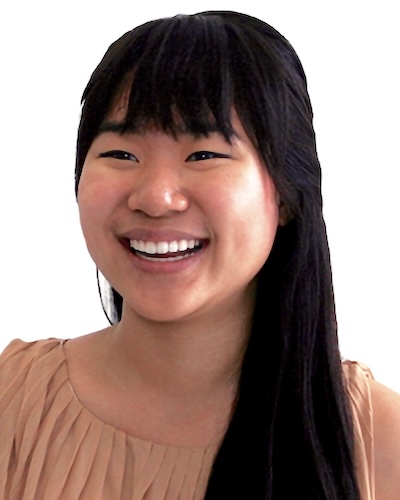Socially Occupied Beings

January 30, 2013
by Alisa
Life Hacks School/Life Balance
Getting back into the swing of things can be rough. I feel that I’m still getting used to it. At times I feel that I have many roles and responsibilities, and I just need a time to breathe. After reading Mary Lawlor’s “The significance of being occupied: The social construction of childhood occupations” in class, I begin to view myself as a “socially occupied being.” It made me consider the things that I’m involved in. Almost everything that I engage in has a social component. I remember one time my friend jokingly said, “Are you in school to socialize, or to study?” My theory is that 5 years from now, am I going to more likely remember the time when I did things myself, or the experiences shared with others? Sometimes the motivation to study by myself is just not there, and I end of procrastinating. In other areas of my life, such as exercising, I find that I’m more motivated to work out if it’s done in a group setting. For the past 2 years, I’ve gotten the work out plan at the school gym, which means that I get to take various group workout classes. Some of my personal favorites are yoga and Zumba, where we also danced to Gangnam Style. How trendy, right? I’m getting a little bit better. Recently I attended a wedding where the bride, the groom, the bridesmaids and the groomsmen surprised the guests with Gangnam Style as well. It was awesome. What about you? How do you occupy your time? Do you consider yourself a “socially occupied being”?
Lawlor, M. C. (2003). The significance of being occupied: The social construction of childhood occupations. American Journal of Occupational Therapy, 57(4), 424-434. https://doi.org/10.5014/ajot.57.4.424 Show abstract
⋯
Next by tag Life Hacks ⟩ School/Life Balance ⟩
⋯





